Medieval Warfare picks up where its sister magazine, Ancient Warfare, leaves off. Starting around 500 AD, Medieval Warfare examines the world during the Middle Ages up through the early years of the Renaissance (the magazine generally leaves off in the 16th century). While popular topics such as the Crusades and the Vikings are given regular coverage, Medieval Warfare also tackles more complex and obscure topics, ranging from the Umayyad Caliphate versus the Byzantine Empire to horse trading in 14th-century England.
Medieval World Magazine
Editorial
THE BRISTOL REBELLION, 1312-1316 • England was gripped by a wave of urban disturbances in the 1310s. Exploiting the English defeat at Bannockburn (June 1314), the political dispute between Edward II and his barons, and the socio-economic problems associated with the Great Famine of 1315-1317, residents in towns from London, Nottingham, and Winchester to Scarborough, Ravensrodd, and Bish- op's Lynn rose in revolt against royal and civic authorities. The most serious incident un- folded in Bristol - one of the realm's wealthiest and largest towns - between 1312 and 1316.
SHOWING YOUR COLOURS • The coat of arms of the monarch is one of the most widely reproduced images in Britain. From coins and passports to courts and the Houses of Parliament, the arms are used as a kind of corporate logo for the Queen, the government, and the United Kingdom as a whole. In the Middle Ages, a coat of arms was a complex set of symbols that high- lighted different aspects of the monarch's dynastic authority, virtues, and ambitions.
CHRISTIAN SHOOTS, PAGAN ROOTS • The phenomenon of the foliate head in medieval sculpture - better known as the ‘Green Man' - has been associated with pagan and Christian traditions. The motif commonly appears as a face behind a leaf mask, or as a head with vegetation disgorging from the mouth or occasionally sprouting from other facial orifices, typically on church misericords, corbels, and ceiling bosses.
Holy Rood Legend
QUEENSHIP AND POWER • Queenship in the Middle Ages has provided us with some of the best- known historical figures, popularized by recent screen adaptations including The White Queen, The White Princess, and Reign, to name a few examples. This phenomenon is not limited to anglophone or Eu- rocentric discussions. The rise in the dramatization of the lives of royal women in Africa and Asia during the European Middle Ages is appar- ent in recent Netflix dramas on figures such as Empress Ki of China.
Blanche of Castile (4 March 1188 - 27 November 1252)
THE SUPERSTAR OF BAGHDAD • Few people today would know the name 'Arīb al-Ma'mūnīya. But when she lived, she may have been the most famous person in the world.
THE KILLER AND THE QUEEN • It was heresy to even think of assigning rank and distributing land to one's own fol- lowers without referring to the imperial court in Heian (modern-day Kyoto.) Yet that is exactly what Minamoto no Yoritomo started to do during the early 1180s, effec- tively declaring independence and control over the inhabitants of eastern Japan.
WOMEN IN THE MILITARY ORDERS • In their white robes with red crosses, the Knights Tem- plar are iconic figures of the crusades. They, and fellow military orders the Hospitallers and Teutonic Knights, are remembered as devout warrior-monks, fierce war- riors, and almost always as men. Yet all three had wom- en as members, not just as outsiders working for them.
ANNA PORPHYROGENITA • The reasons why Anna Porphyrogenita (963-1011), sister and daughter of Byzantine emperors, was given in matrimony to Volodimir Sviatoslavich (r. 980-1015) in the year 989, are still shrouded in mystery. She may have been given to the Kyivan prince by her brother, Basil II (958-1025), as payment for the services rendered by the latter to the Byzantine emperor in his struggle...
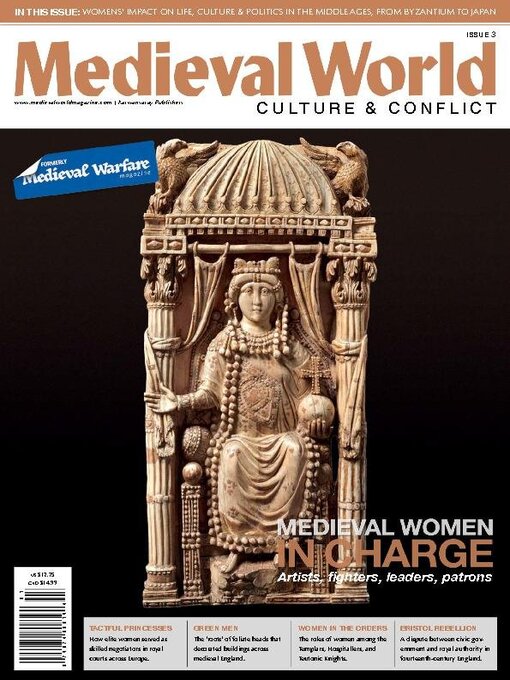
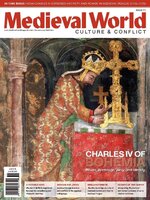 Issue 11 - 2024
Issue 11 - 2024
 Issue 10 - 2024
Issue 10 - 2024
 Issue 9 - 2023
Issue 9 - 2023
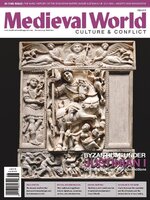 Issue 8 - 2023
Issue 8 - 2023
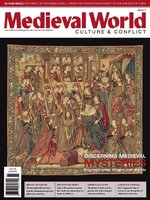 Issue 7 - 2023
Issue 7 - 2023
 Issue 6 - 2023
Issue 6 - 2023
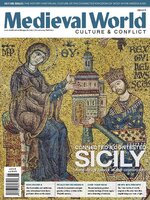 Issue 5 - 2023
Issue 5 - 2023
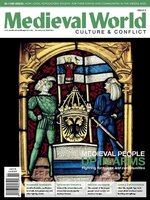 Issue 4 - 2022
Issue 4 - 2022
 Issue 3 - 2022
Issue 3 - 2022
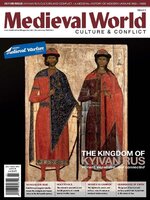 Issue 2 - 2022
Issue 2 - 2022
 Issue 1 - 2022
Issue 1 - 2022
 MW X11.1
MW X11.1
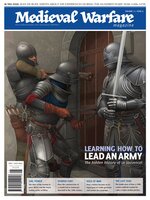 MW X1.5
MW X1.5
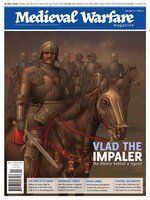 MW X1.4
MW X1.4
 MW X1.3
MW X1.3
 MW X1.2
MW X1.2
 MW X1.1
MW X1.1
